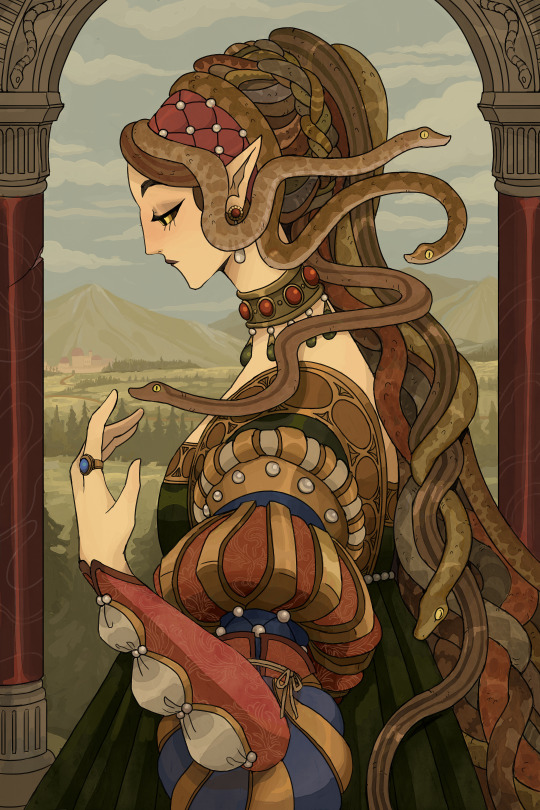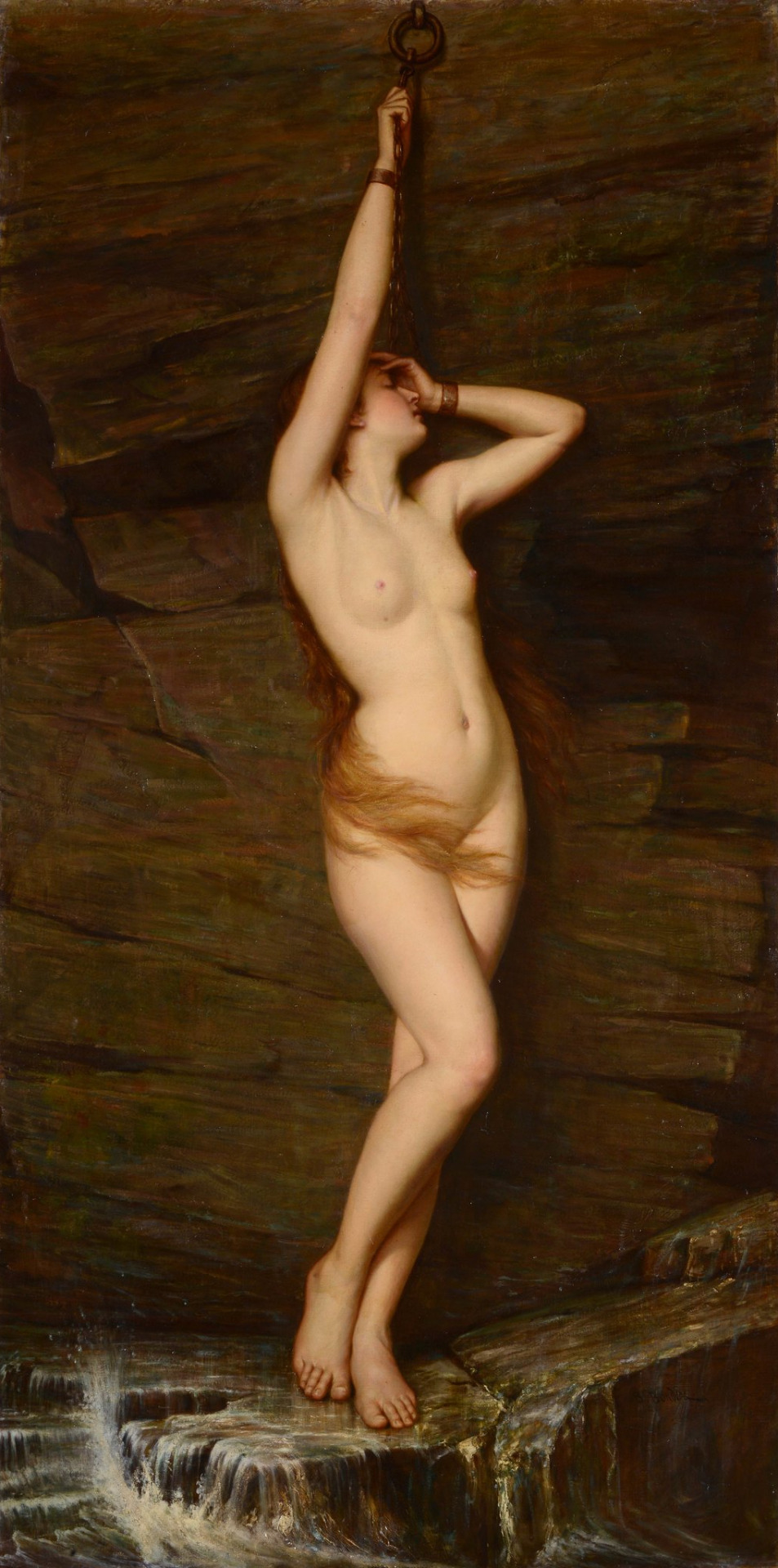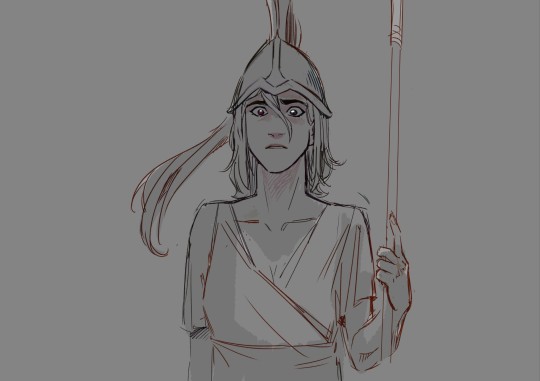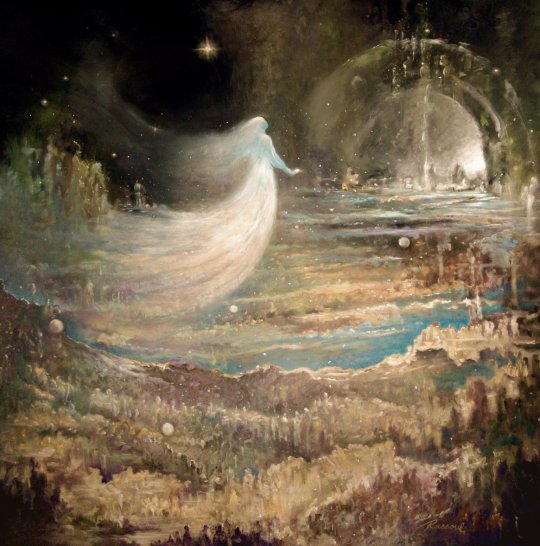#( myth )
Explore tagged Tumblr posts
Text
Last week I had abdominal surgery. While laying in bed in the uncomfortable haze between "my pain pills have worn off" and "once my pain pills start working I can sleep again" I saw a link to Myth.
I can't overstate how fantastic this album is. The perfect blend of ambience, music, spoken word, mystery, and hints at larger connections grabbed ahold of my brain and hasn't let go yet.
Part 2 can't come soon enough.


we new albuming out here
this is a concept i've had kicking around for longer than i care to admit. i'm so hyped to get this out of my brain and into your headphones
449 notes
·
View notes
Link
#st paddy's day#melia antiqua#Nude video song#lick my pussy#princess mipha#My Fan Art#grayskull#trans woman#puppyshipping#Pink hair#myth#gender nonconforming
24 notes
·
View notes
Text
Gyutaro is that you?!?! xD xD


#cryptid#monster#skin walker#macabre#horror#gyutaro#demon slayer#demon#horrific#trail cam#paranormal#extraterrestrial#wendigo#bigfoot#creature#myth#mythical creatures#cryptozoology#monsters#mothman#scary#shapeshifter#witch#mythology#folklore#the rake#frightening#cannibalistic#haunting#ghost
231 notes
·
View notes
Text
Some of the finds that Heinrich Schliemann made at Troy during his original excavations. There was lots of owl-themed stuff:


Much more here:
16 notes
·
View notes
Text

-Medusa-
I've had this sitting around as a sketch for awhile, finally had time to finish it! Hoping to do more mythology illustration this year.
58K notes
·
View notes
Text

I Will Be Sure When I No Longer Remember Myself
Personal piece <3
9K notes
·
View notes
Text

Purgatory Canto 12, The Soul of Arachne (1867)
— by Gustave Doré
#art#artist#artblr#gustave doré#goth#gothic#painting#gothcore#spider#spiders#dark academia#dark art#macabre#horror#artists#mythology#myth#art community#mythological art#historical art#art history#eerie#eeriecore#creature#creatures#fine art#aesthetic#classic academia
6K notes
·
View notes
Text

Vlaho Bukovac (Croatian, 1855-1922) Andromeda, n.d. National Gallery of Slovenia
#Vlaho Bukovac#Croatian#1800s#Andromeda#art#fine art#european art#classical art#europe#european#fine arts#oil painting#europa#croatia#croatian#croatian art#slovenia#greek mythology#mythological#mythological art#myth#mediterranean#western civilization
5K notes
·
View notes
Photo

Sandara Tang • "Dragon and Sparrow"
Digital Illustrator
artstation deviantart instagram facebook
More from «Artstation» here
#noai#Cover Art#mythology#Book Illustration#sparrow#Sandara Tang#drawing#Dragon#chinese#Childrens#river#sandara#artist#art#myth#artstation
2K notes
·
View notes
Text
Saw someone making a joke about how Odysseus confronting the suitors happens when he’s naked and no hate for the joke I get that a lot of people think public nudity is funny but like… that part of the story is really important to me.
This is a man that has been on a journey and fucked over and changed and played with by fate for years to the point where he is almost forced to strip his identity and rebuild it for survival. When he returns to his Home Land yes he is wearing a disguise but he was also the one raining king of Ithaca. No one recognized his face, his voice, the only one to truly recognize him was his neglected and dying dog. When he reveals his true self he literally has to strip himself bare before any one realizes.
The idea of the thing that kept you alive and kept you fighting being the same thing that makes it easier to strip your core beliefs and personality bare and rebuild yourself into something not even you can recognize in the end is really impactful for me.
#idk it just means something to me#greek mythology#myth#mythology#odysseus#odyssey#writing#greek tragedy
4K notes
·
View notes
Text




The obsession for Epic continues with Odysseus and Athena
Their relationship is... Complex
14K notes
·
View notes
Text

Running Running Running
#unicorn#horse#pony#animation#2d animation#animator#animated gif#gallop#run#fantasy#medival#fantasy illustration#fantasy art#magical creatures#mythical creatures#myth#art tag#the number of songs i listened to about running while doing this is insane actually
26K notes
·
View notes
Text

Love and War
2K notes
·
View notes
Text

Portal of Perception, oil on canvas.
— Freydoon Rassouli (Iranian, b.1943)
#Cosmic#mythology#folklore#celestial#ethereal#magical#fantasy#symbolism#myth#fantadyartwork#mystical#contemporaryartist#visionaryart#surrealism#spiritualart#contemporaryart#mysticalart#painting#art#drawing#mysticart#mystic#fantasyart#abstractart#artwork#illustration#trippyart#magic#classicalart#oilpainting
2K notes
·
View notes
Link
In today's new Longreads essay, Elizabeth Friend examines the vanishing hitchhiker tale, and one spooky North Carolina story in particular: the tale of a young woman named Lydia.
There are countless variations on Lydia’s story. Sometimes her dress is a specific color. Sometimes a different family member opens the door. Sometimes the young man drapes his jacket over the girl’s shoulders, only to find it later on her grave.
Elizabeth explores how folklore passed down over generations reveals our anxieties during times of change. The ghost story of Lydia reflects the shifting expectations of American women in the first half of the 20th century.
Read “The Lessons of Lore” on Longreads.
#longreads#essay#ghosts#halloween#hitchhikers#myth#folklore#legend#ghost stories#women#culture#history#American history
759 notes
·
View notes